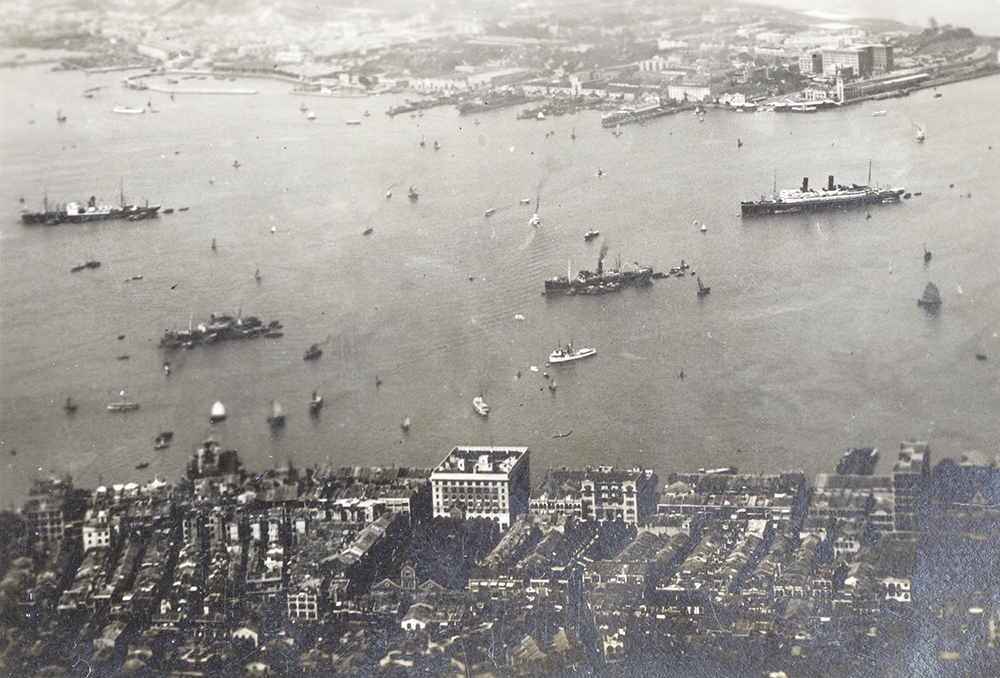Neutrality and Displacement: Refugees in Hong Kong and Macau during the Second World War in East Asia
My article analyses the entanglement of neutrality and displacement in two European colonial territories in South China – British-ruled Hong Kong and Portuguese-ruled Macau – during the Second World War in East Asia (1937-1945). Building on important scholarship on experiences of refugees in Cold War Hong Kong , my article looks at an earlier period when an unprecedented number of displaced persons of various nationalities arrived in the British colony and draws attention to neglected connections and parallels with the neighboring enclave of Macau, that likewise became a destination and transit point for many refugees. In my article, I show how discourses and practices around refugees in the late 1930s and early 1940s are an important precedent to understanding post-war refugeedom in these territories.
From the start of an all-out war between China and Japan in July 1937 until Hong Kong’s occupation by Japan in December 1941, and until the end of the war in Macau (that was never formally occupied despite growing Japanese pressure), the two colonial territories turned into refugee cities, where the number of new residents – most of whom had come to flee the conflict – matched or surpassed the number of pre-war inhabitants. The population of Hong Kong almost doubled between 1937 and 1941, reaching around 1.6 million people in 1941, while Macau tripled its population between 1937 and 1945, rising to around half a million.
Refugees were of central importance in shaping these territories’ ambiguous experience of neutrality. Although many refugees came to Hong Kong and Macau to escape the Japanese invasion, neutrality did not mean complete isolation from the dynamics of the war being fought in mainland China but a complex web of interactions with people, ideas, and things associated with the conflict.
Inspired by Elizabeth Sinn’s conceptualization of Hong Kong as an ‘in-between place’, my article draws on a range of multilingual sources to consider these two foreign-ruled territories as connected ‘in-between places’ where multi-layered transborder flows developed in an ‘in-between time’ of neutrality – neither at war nor really at peace. This was a period of uncertainty, of crisis, and opportunity, a fragile time that could end at any moment.
My article argues that neutrality was shaped by the movement of refugees and that refugees often experienced neutrality differently depending on perceptions of race, class, and nationality. The presence of diverse communities of refugees impacted multiple dimensions of urban spaces and activities, with colonial concerns for spatial order and social control co-existing with humanitarian co-operation that involved various state and non-state actors, including several women organisations, and links to Chinese resistance. Placing refugees at the center of analysis helps us to problematize what neutrality means in practice and how it is experienced differently depending on factors such as wealth or personal contacts.

1 E.g. Laura Madokoro, Elusive refuge: Chinese migrants in the Cold War (Cambridge, MA, 2016).
2 Elizabeth Sinn, ‘Hong Kong as an in-between place in the Chinese diaspora, 1849–1949’, in Donna R. Gabaccía and Dirk Hoerder, eds., Connecting seas and connected ocean rims: Indian, Atlantic, and Pacific Oceans and China Seas migrations from the 1830s to the 1930s (Leiden, 2011), p. 225.






